Search result
Your search for frequency matches 29 pages
Products (13)
Articles (16)
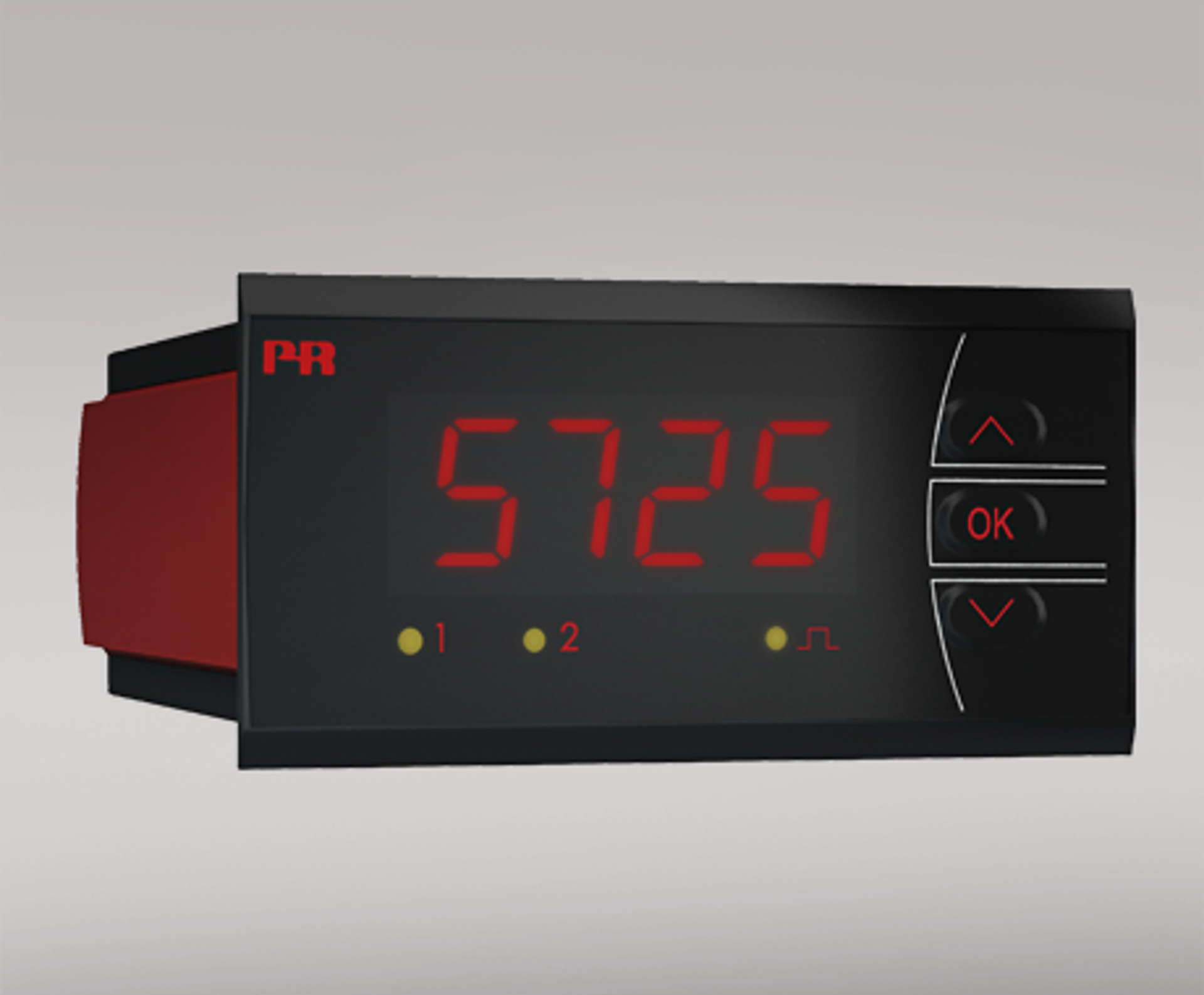
Programmable frequency indicator
5725
- 4-digit 14-segment LED display
- Programmable frequency input span
- Output: Display or 2 SPDT relays and 1 analog output
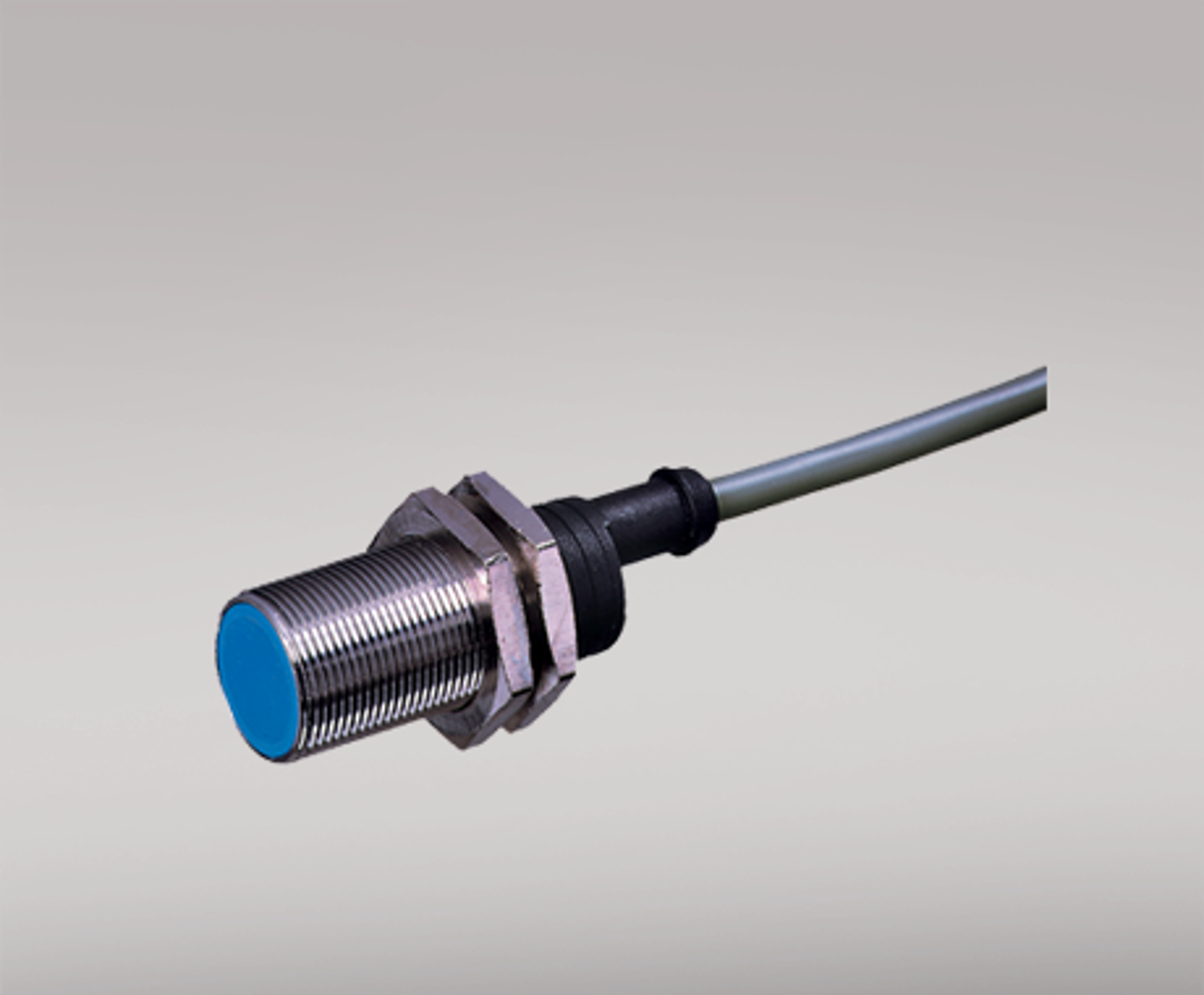
Inductive proximity sensor
8341
- NAMUR DIN 19234
- Switching distance: 5 mm
- Max. frequency: 500 Hz

Inductive proximity sensor
8342
- NAMUR DIN 19234
- Switching distance: 2 mm
- Max. frequency: 800 Hz
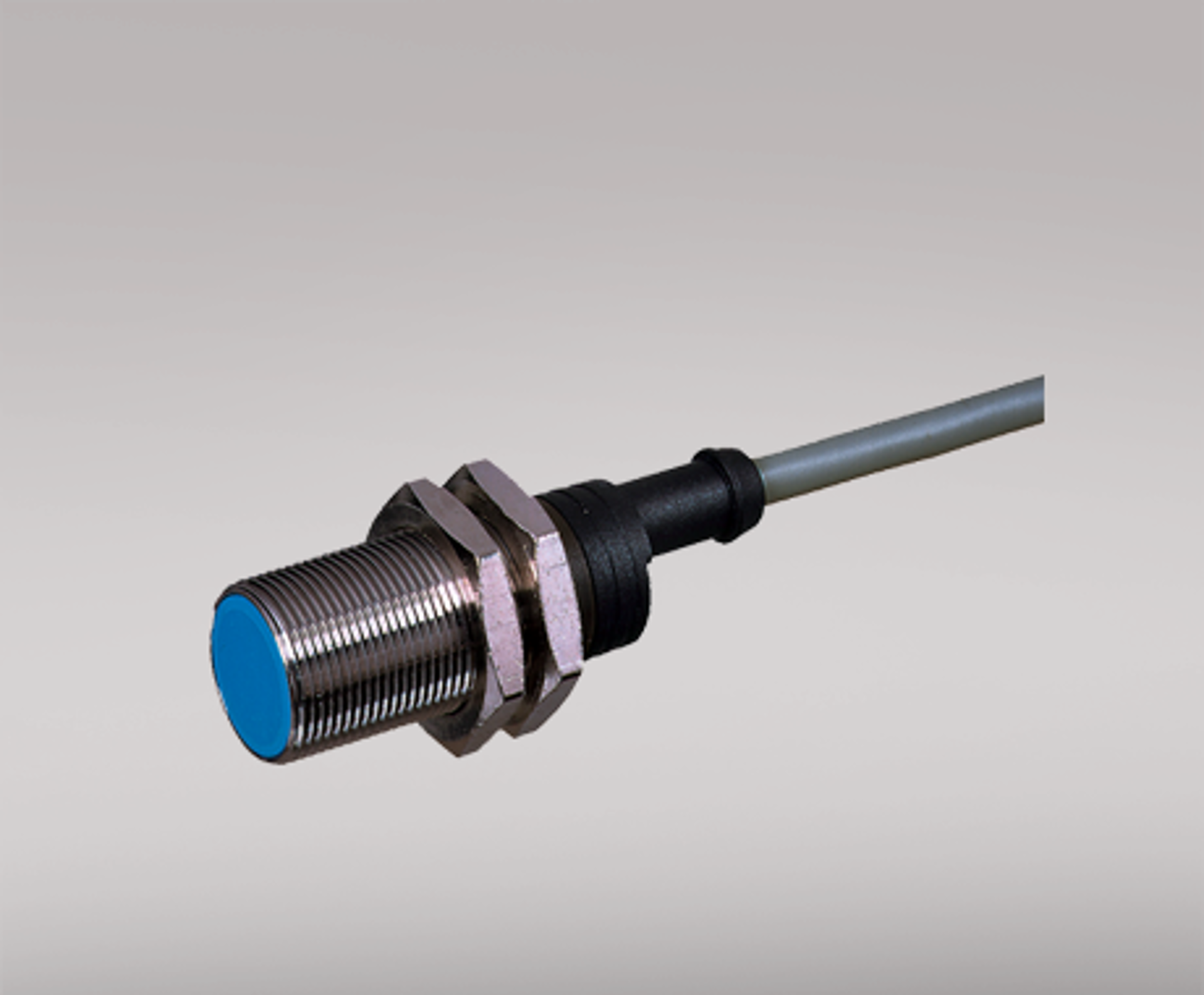
Inductive proximity sensor
8343
- NPN
- Switching distance: 5 mm
- Max. frequency: 500 Hz

Inductive proximity sensor
8344
- NPN
- Switching distance: 2 mm
- Max. frequency: 800 Hz
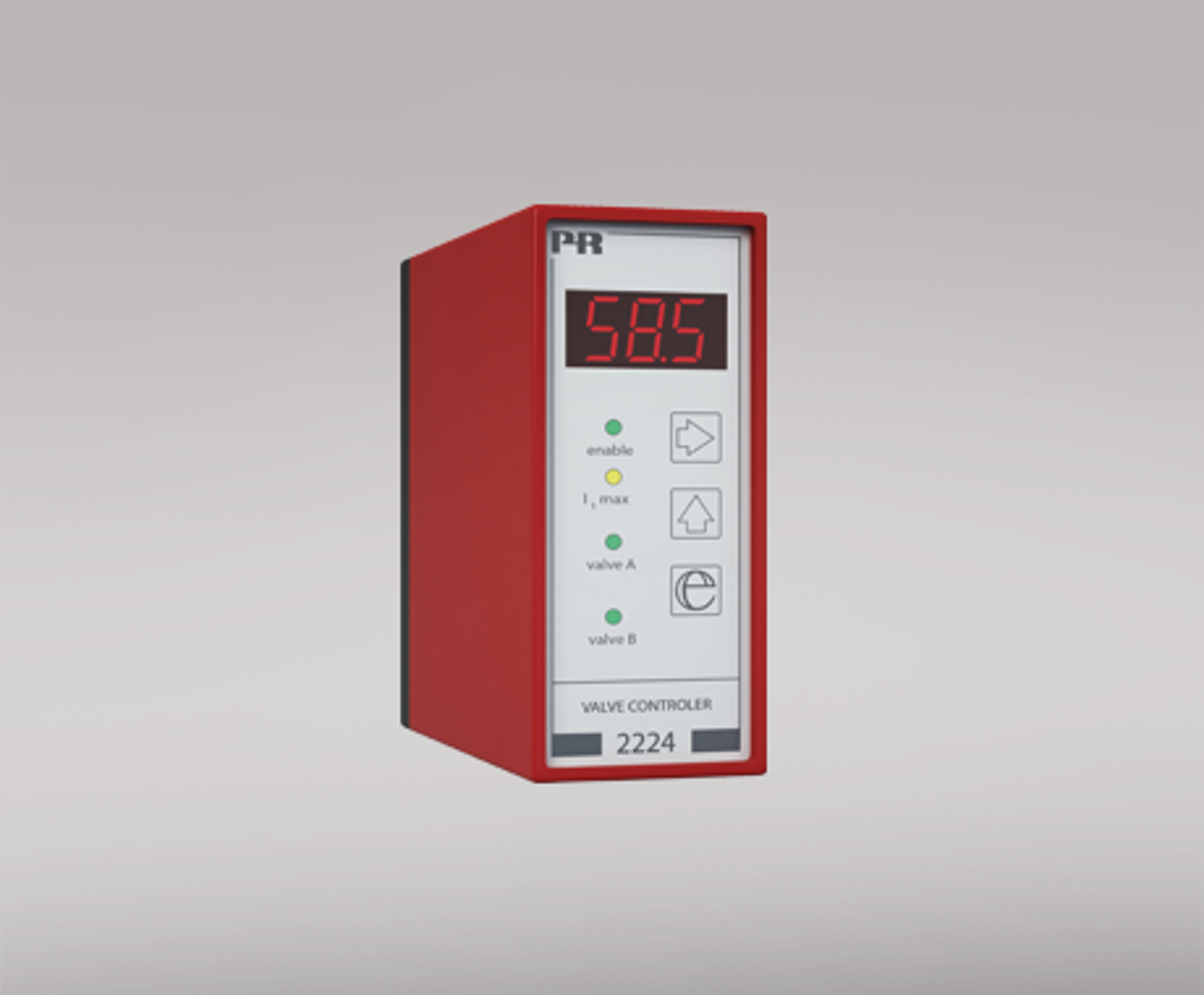
Valve controller
2224
- Front-programmable
- mA, V, and Ω programmable input
- Ramp times, jump values, reversal, chopper frequency, and deadband

Programmable f/I-f/f converter
5223A
- Analog current and voltage output
- PNP / NPN output, optional relays
- Universal supply

Programmable f/I-f/f converter
5225A
- Concurrent f/I and f/f function
- Analog current and voltage output
- PNP / NPN output, optional relays
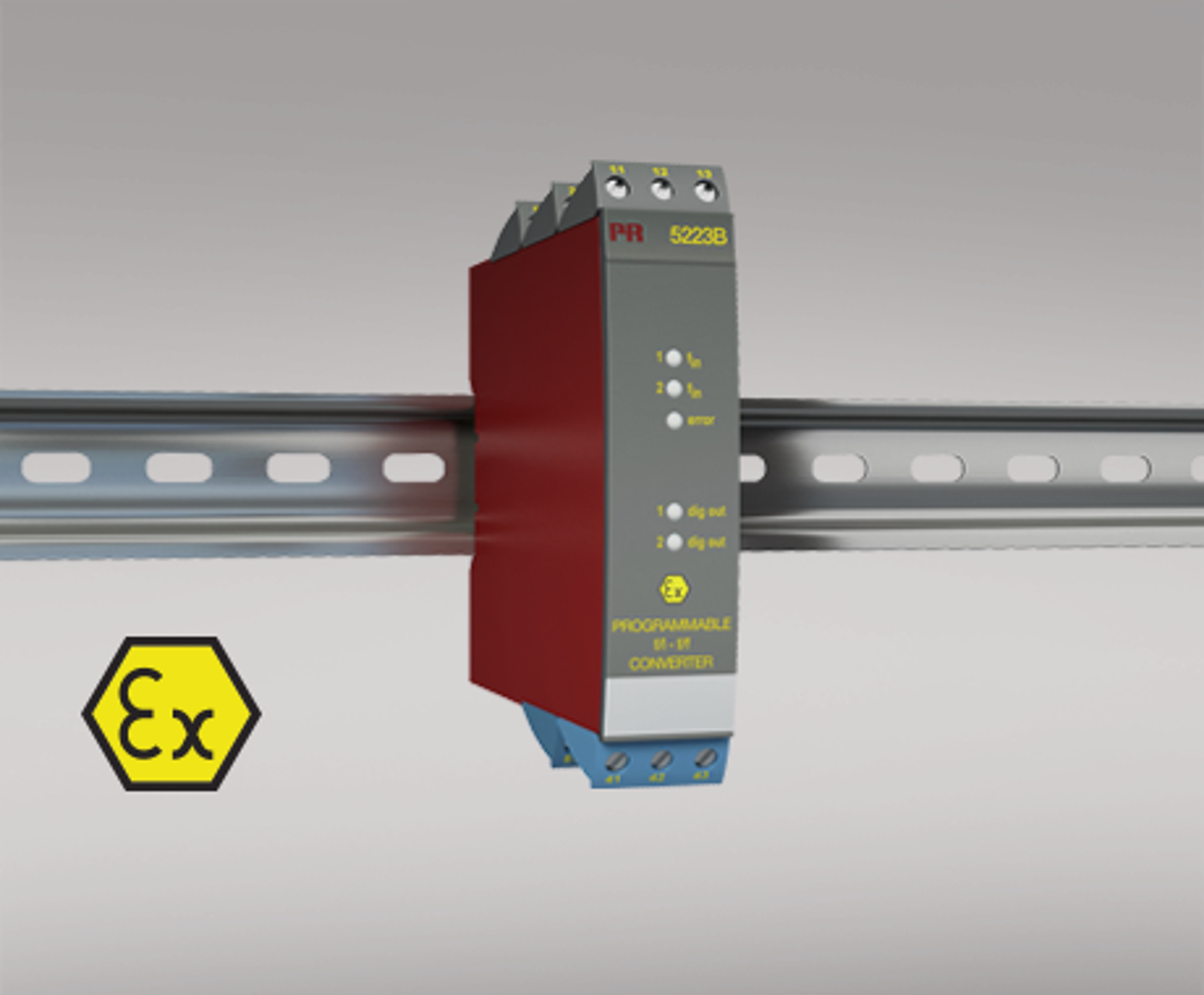
Programmable f/I-f/f converter
5223B
- Analog current and voltage output
- PNP / NPN output, optional relays
- Universal supply

Universal f/I-f/f converter
4225
- Input: NAMUR, NPN, PNP, Tacho, TTL , S0 & switches
- Output: Programmable bipolar mA / V, frequency or relay
- Universal AC or DC supply

Universal I/f converter
4222
- Input for RTD, TC, Ohm, potentiometer, mA and V
- Generates frequencies from 0...25000 Hz
- Universal AC or DC supply

Universal frequency converter
3225
- Input: NAMUR, NPN, PNP, Tacho, TTL , S0 & switches
- Output: Universal mA / V or relay
- Power supply 16.8 VDC…31.2 VDC
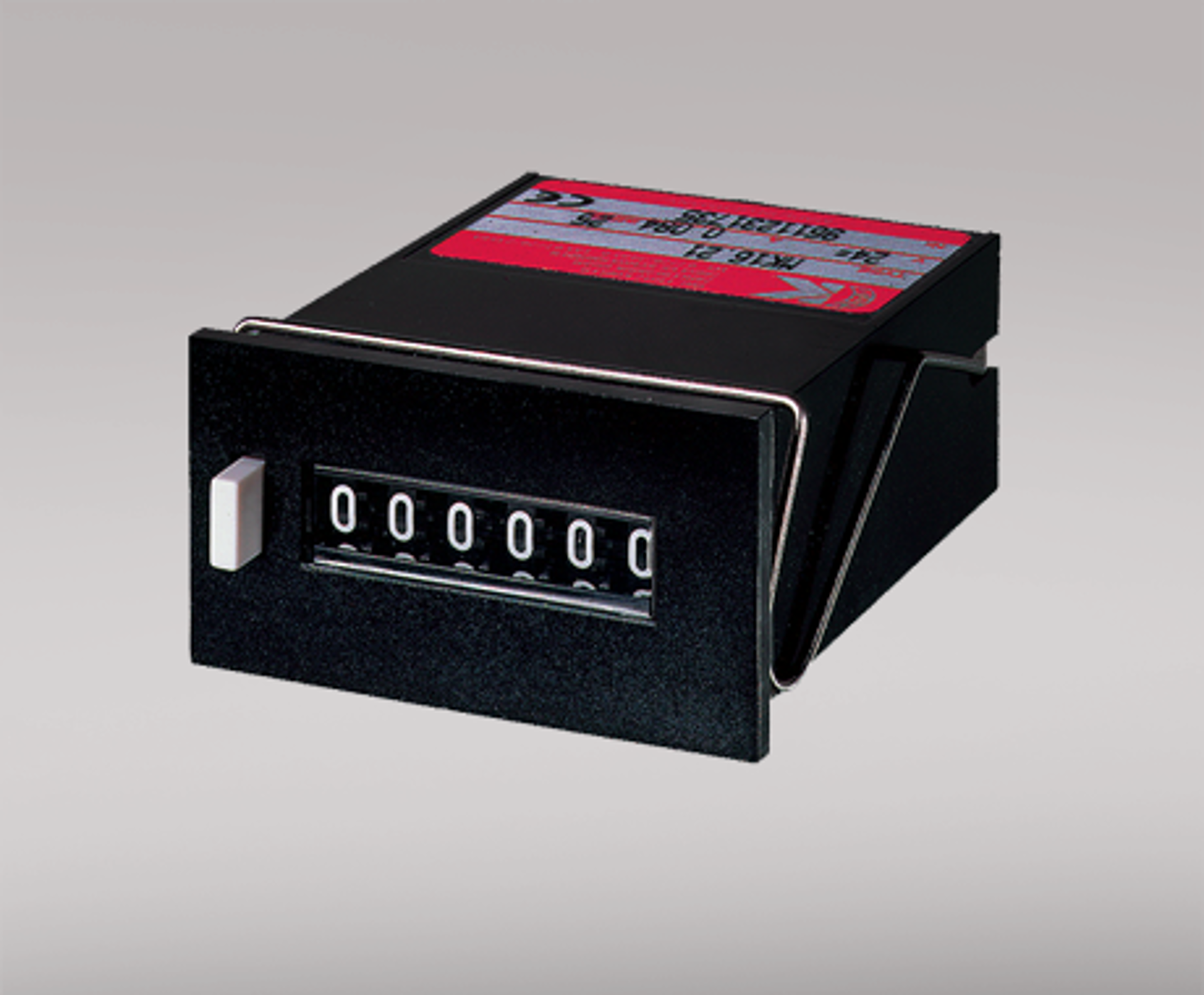
Electromechanical counter
3400T
- Supply voltage 24 VDC
- 6 digits
- Reset button in the counter front
What are frequency to current converters and what are they used for?
Frequency to current converters are used in control systems to transform a pulse or frequency to an equivalent current signal.
Product Spotlight: The PR electronics 9202B Pulse isolator
Learn more about the 9202B pulse isolator. A switch amplifier for both NAMUR and switch input types. See what it can do for you.
Selecting equipment for explosive atmospheres
The nature of many industrial processes means an explosive gas, vapor or dust atmosphere is present. Whether this be as a by-product of the process or as an inherent process hazard, necessary pre...
Analog signal splitting – How to achieve 2 outputs from 1 input signal
The ability to split an analog signal is a much asked for feature. Whether to simply add a local indicator or to use the additional signal as an input to a separate process or system, signal splitt...
Understanding intrinsic safety
Intrinsic safety is a protection method that can be applied to electrical equipment installed in hazardous areas where explosive gases or dust may be present. It ensures that electrical devices can...
Speed measurement / alarm
Carbon content measurement
Noise isolation
Advantages of converting RTD and Thermocouple signals to 4…20 mA current
Thermocouple and RTD sensors are commonly used to measure temperature in industrial processes. In cases where these sensors are connect directly to the PLC, the result of the measurement accuracy i...
8 tips and advice for reducing the effects of EMI on your instrumentation signals
Electromagnetic interference, or EMI, is commonly found in industrial environments, and can adversely affect the accuracy of your instrumentation signals – here are some tips and advice that can he...
Product spotlight: The PR electronics 4179 Universal AC/DC transmitter
Learn more about the PR 4179, which measures AC voltage or current, provides 2.3 kV isolation, and outputs industry standard DC voltage and current signals that are easily measured by your control...

